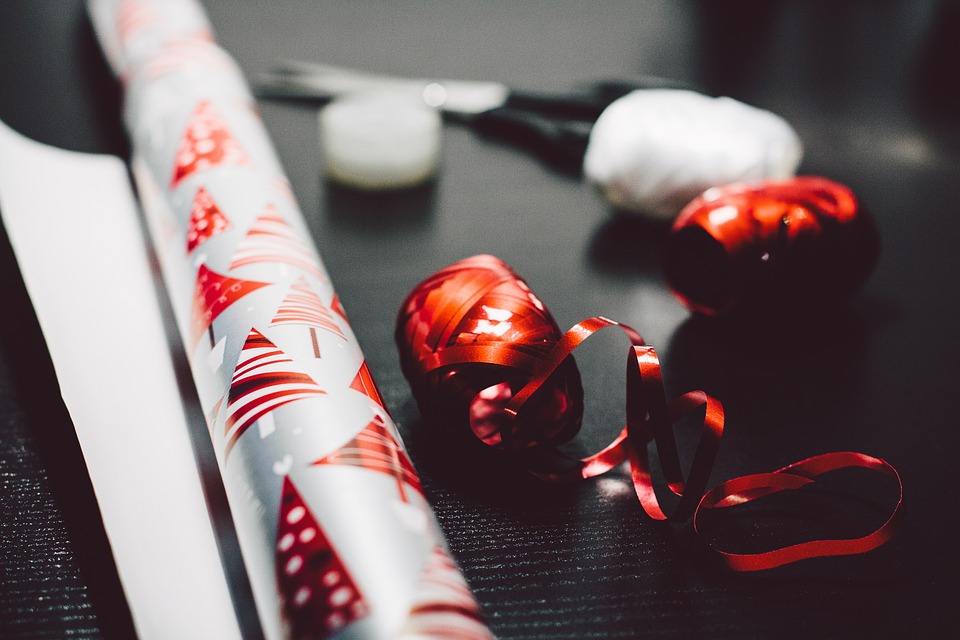Korean wrapping paper, also known as bojagi, is a traditional form of wrapping used in Korean culture for centuries. Bojagi is a versatile and beautiful art form, with its origins dating back to the Joseon Dynasty in the 14th century. In Korean culture, the act of gift-giving is an important gesture of respect and appreciation, and the wrapping of gifts is just as important as the gift itself.
Bojagi is made from various materials such as silk, hemp, or ramie, and is often decorated with intricate patterns and designs. The colors used in bojagi are typically bright and vibrant, symbolizing good fortune, happiness, and prosperity. Each bojagi is carefully crafted by hand, with meticulous attention to detail and precision.
One of the most unique features of bojagi is its eco-friendly nature. Unlike Western wrapping paper, which is often discarded after a single use, bojagi is designed to be reused and passed down through generations. In Korean culture, the act of receiving a gift wrapped in bojagi is considered a great honor, and the recipient is often encouraged to unwrap the gift carefully and preserve the bojagi for future use.
Bojagi is also commonly used in Korean ceremonies and rituals, such as weddings, birthdays, and Korean holidays like Chuseok and Seollal. The intricate designs and vibrant colors of bojagi symbolize the joy and celebration of these special occasions, adding an extra layer of beauty and tradition to the festivities.
In recent years, bojagi has gained popularity beyond Korea’s borders, with artists and designers around the world incorporating bojagi into their work. From fashion to home decor, bojagi has become a symbol of Korean culture and tradition, cherished for its beauty and craftsmanship.
Exploring the tradition and beauty of Korean wrapping paper is not only an opportunity to learn about Korean culture and history but also a chance to appreciate the artistry and craftsmanship of this ancient practice. Whether used for gift-giving, decoration, or as a symbol of celebration, bojagi is a timeless and versatile art form that continues to captivate and inspire people around the world.

